Morocco’s diverse cultural heritage reflects its long and varied history, significantly impacting the Jewish community over two millennia. Jewish traditions have influenced Moroccan culture, cuisine, architecture, and other religions and traditions, contributing to the country’s unique cultural tapestry. Jewish communities have thrived across Morocco’s cities and towns, and their influence can still be felt today. The vibrant Jewish community in Morocco has a rich and diverse cultural heritage that is treasured by Moroccans of all faiths. Whether strolling through the bustling streets of Marrakech or visiting the coastal town of Essaouira, the Jewish history of Morocco is an integral part of the country’s identity and a must-see for any visitor interested in the country’s culture.
Exploring the Jewish Quarter of Fes: A Journey Through Time
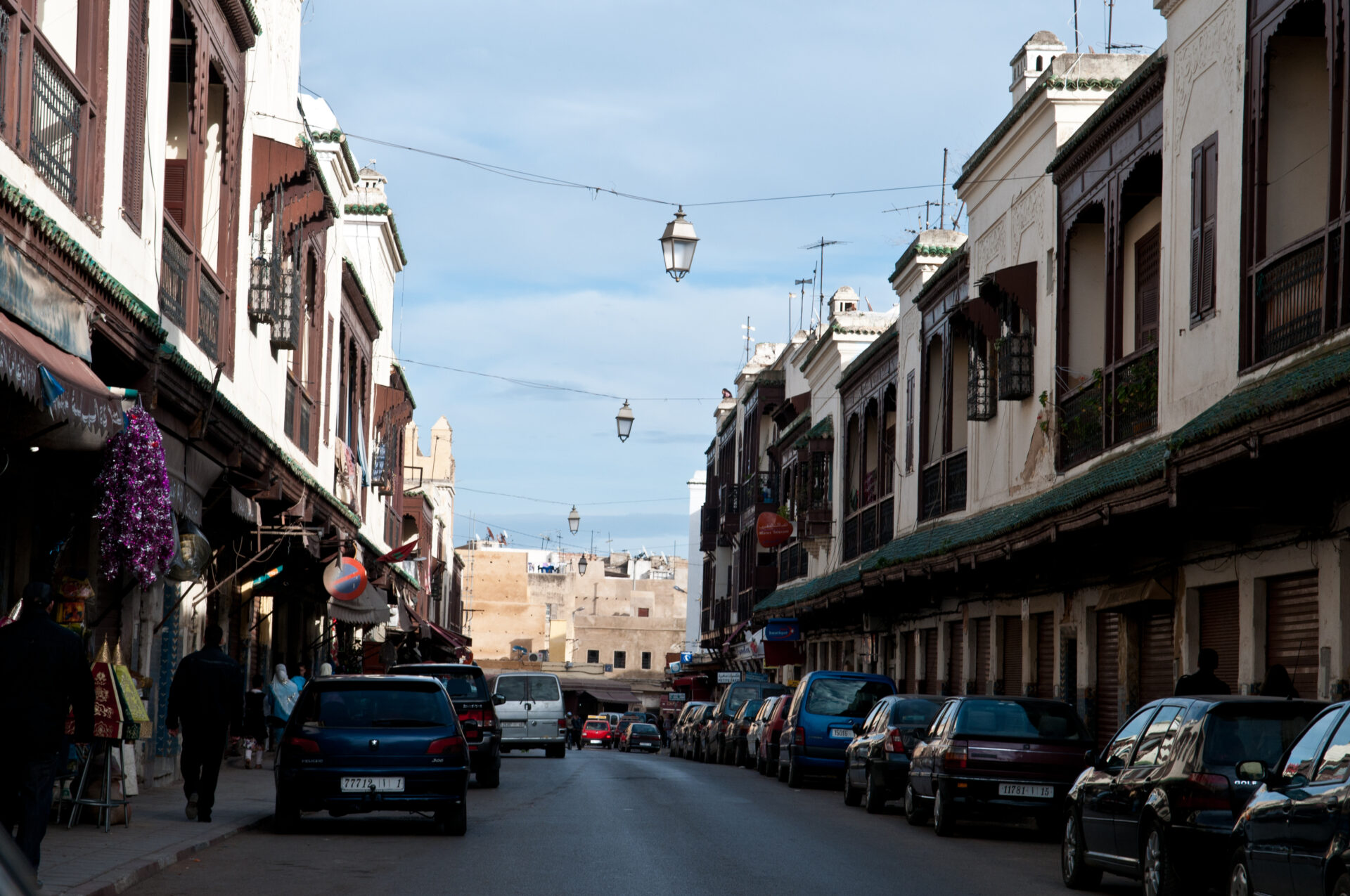
The Jewish quarter of Fes, known as the “Mellah,” is a fascinating area steeped in history and culture. Established in the 14th century, it was once a thriving community home to thousands of Jews. Today, it is a quieter neighborhood but retains its historical charm.
Visitors to the Mellah of Fes will discover a labyrinth of narrow streets and alleys that wind their way through the neighborhood. Here, you can explore ancient synagogues, visit the Jewish cemetery, and browse the numerous shops selling traditional handicrafts and textiles.
One of the most significant landmarks in the Mellah is the Ibn Danan Synagogue. Built-in the 17th century, it is the oldest Synagogue in Fes and one of the few in the world still holding regular services. The building’s architecture blends Moroccan and Jewish styles, featuring intricate tile work, ornate wood carvings, and a beautifully decorated ark.
Another must-see attraction in the Mellah is the Jewish cemetery. Here, you will find rows of tombs, many dating back hundreds of years. The cemetery is a peaceful and sad place. It serves as a reminder of the Jewish community’s rich history and cultural heritage in Fes.
Exploring the Jewish quarter of Fes is a journey through time, where you can immerse yourself in a world that has remained unchanged for centuries. It is a testament to the enduring spirit and resilience of the Jewish people in Morocco, who have faced many challenges and obstacles throughout their history.
Discovering the Mellah of Marrakech: A Vibrant and Historic Neighborhood
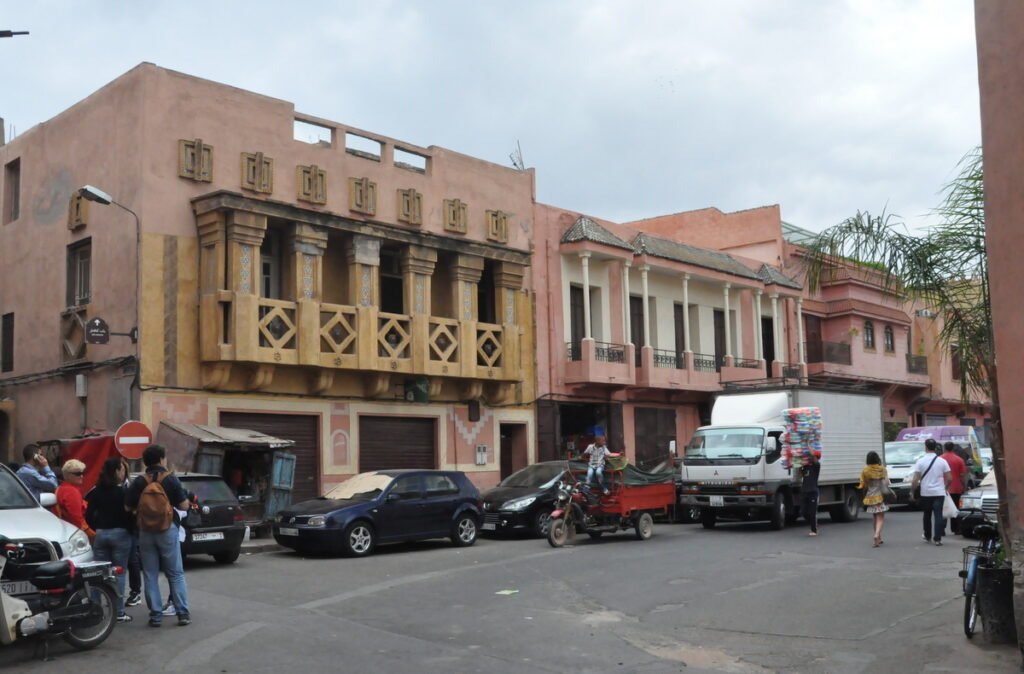
The Mellah of Marrakech is a historic Jewish neighborhood in the southern part of the city’s medina. It was established in the 16th century, during the Saadian dynasty, and was the largest Jewish community in Morocco. Today, the Mellah is a vibrant and bustling neighborhood rich in history and culture.
The Mellah is a maze of narrow streets, alleys, and squares lined with traditional Moroccan buildings. Intricate tile work and ornate carvings adorn the buildings, and the sounds and smells of everyday life in Marrakech fill the streets. The neighborhood is also home to several important historical and cultural sites, including synagogues, museums, and other places of interest.
One of the most exciting places to visit in the Mellah is the Lazama Synagogue, the oldest Synagogue in Marrakech. The temple is known for its stunning architecture and beautiful decoration, including colorful mosaics and intricate carvings. It was built in the 16th century and is still in use today.
Another must-visit place in the Mellah is the Jewish cemetery outside the neighborhood’s walls. The cemetery is the final resting place of many of Marrakech’s Jewish community members, including several essential rabbis and scholars.
Overall, exploring the Mellah of Marrakech is a fascinating journey through time that offers visitors a unique insight into the history and culture of Morocco’s Jewish community.
Journey to the Seaside: Essaouira’s Jewish History and Traditions
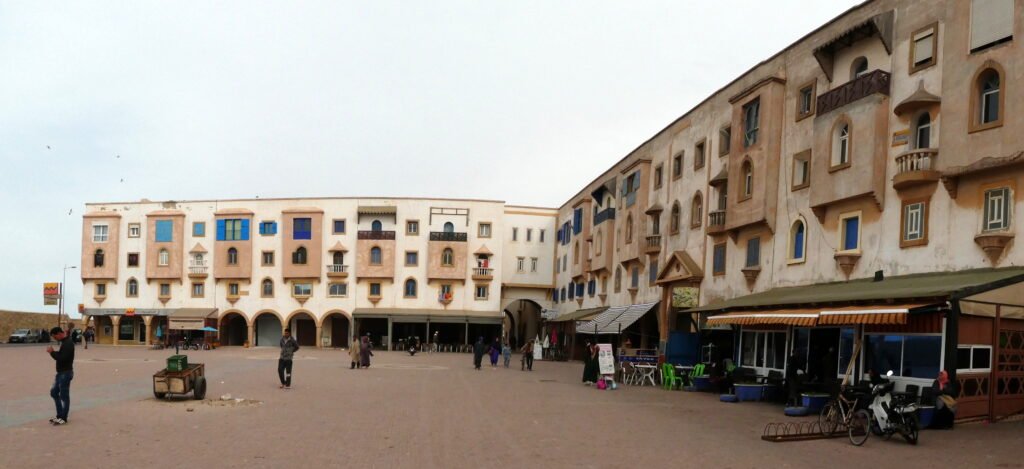
Essaouira’s Jewish community played an essential role in shaping the city’s economy and cultural heritage. Its influence can still be seen today in the city’s architecture, synagogues, and cemeteries. The 500-year-old Jewish cemetery on the city’s outskirts is a testament to the community’s long history. The cemetery is the final resting place of many prominent Jewish figures and offers visitors a chance to explore and pay their respects.
Several synagogues, including the recently restored Slat Lkahal synagogue, reflect the city’s rich cultural heritage and history as a center of trade and commerce. In the heart of the medina lies Essaouira’s Mellah, once home to a bustling community of Jewish merchants and artisans. Today, the Mellah is a vibrant and colorful neighborhood that visitors can explore and appreciate.
In addition to its Jewish history, Essaouira is also renowned for its picturesque harbor, historic fortifications, and stunning beaches. Visitors can walk along the city’s ramparts, sample fresh seafood at the port, or soak up the sun on the sandy beaches. With its rich culture and history, Essaouira is a must-visit destination that offers something for everyone.
The Ancient Synagogue of Sefrou: A Testament to Morocco’s Diverse Heritage
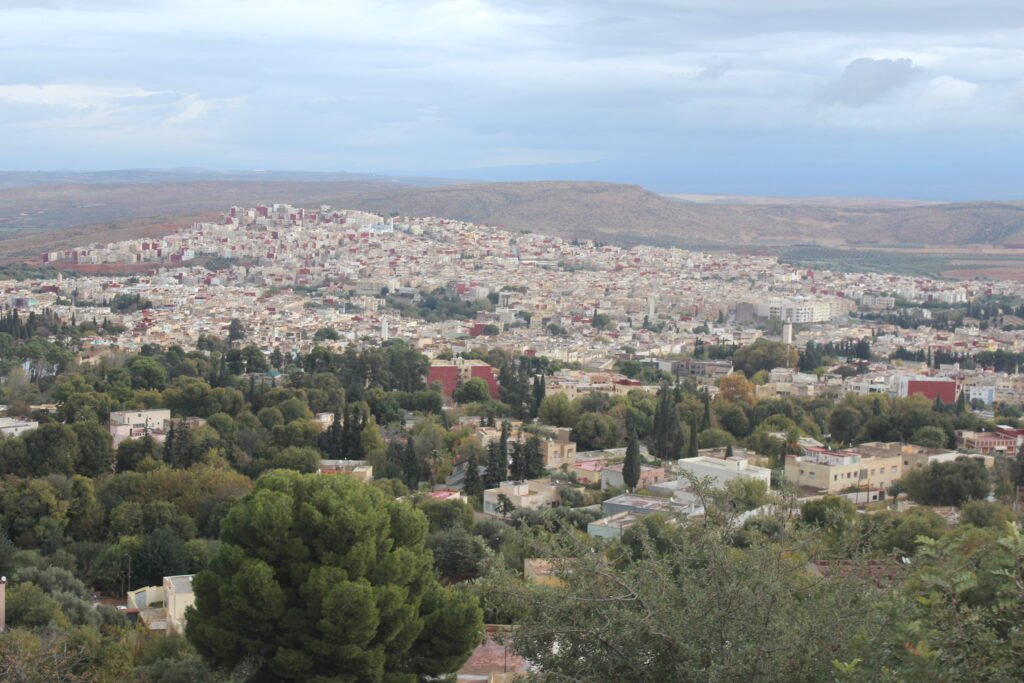
Morocco’s many cultural and historical sites reflect the country’s rich and diverse history. One such site is the ancient Synagogue of Sefrou, located in the northern part of the country. This remarkable structure is a testament to Morocco’s long and complex history of Jewish culture. It is an important reminder of the country’s diverse heritage.
Jewish History of the Synagogue
The Synagogue of Sefrou is one of Morocco’s oldest and most well-preserved synagogues from the 17th century. It was once a center of Jewish life in Morocco. However, as with many Jewish communities in North Africa, the Synagogue fell into disrepair as the Jewish population of Sefrou declined significantly in the 20th century.
In recent years, people have renewed their interest in the history and heritage of Morocco’s Jewish community. They have tried to restore and preserve sites like the Synagogue of Sefrou. Today, visitors can explore this ancient building to learn about Morocco’s rich history of Jewish culture.
Architecture and Design
The Synagogue of Sefrou is a stunning example of Moroccan-Jewish architecture, uniquely blending traditional Moroccan design elements and Jewish motifs. The building features a central prayer hall with a raised bimah (platform) surrounded by intricately carved wooden screens and arches. The walls are adorned with colorful geometric patterns and intricate tile work, creating a mesmerizing visual experience.
In addition to the prayer hall, the Synagogue also features a courtyard, a mikveh (ritual bath), and a small museum showcasing the Jewish community’s history and traditions in Sefrou.
Visiting the Synagogue
To explore the history and culture of Morocco’s Jewish community, visiting the ancient Synagogue of Sefrou is a must-do. The temple offers guided tours providing insight into its history and significance. Visitors can admire the beautiful architecture and design and learn about the many Jewish life customs and traditions in Sefrou by exploring the prayer hall.
This remarkable testament to Morocco’s long and complex history of Jewish culture showcases the country’s rich cultural heritage. It reminds us of the need to preserve and protect Morocco’s diverse history. Therefore, whether you are a history buff, an architecture enthusiast, or simply curious about the Jewish culture in Morocco, visiting the ancient Synagogue of Sefrou is a must-see destination.
Moroccan Jewish Music: A Unique Fusion of Styles and History
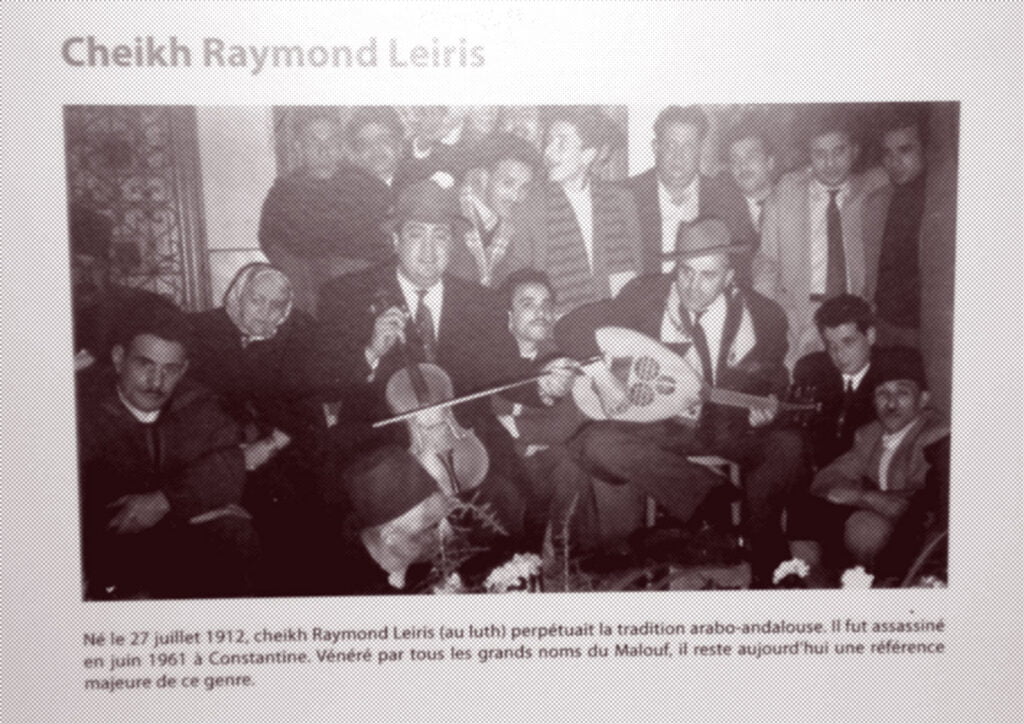
Moroccan Jewish music is a unique fusion of different styles that reflects the country’s diverse cultural heritage. From Andalusian melodies to Berber rhythms, Moroccan Jewish music has its roots in a rich and varied history. We will explore the history and culture of Moroccan Jewish music, including its origins, influences, and notable musicians.
History Origins of Moroccan Jewish Music
During the Roman Empire, Jews arrived in Morocco, bringing the origins of Moroccan Jewish music. Over the centuries, Jewish communities in Morocco developed their unique musical traditions, blending elements of Sephardic and Ashkenazi music with indigenous North African styles.
Influences on Moroccan Jewish Music
Various cultural and religious traditions, including Islamic, Berber, Andalusian, and French, have influenced Moroccan Jewish music. One of the most significant influences on Moroccan Jewish music is Andalusian music, brought to Morocco by Muslim and Jewish refugees fleeing the Spanish Inquisition. Intricate melodies and complex rhythms characterize Andalusian music and have had a lasting impact on Moroccan Jewish music.
Notable Musicians
Many renowned musicians have emerged from the Moroccan Jewish community, contributing to global music. Among them is Samy Elmaghribi, the “King of Andalusian Music,” who helped popularize Andalusian music. Emil Zrihan is another celebrated singer and composer known for his interpretations of traditional liturgical poems. Raymonde El Bidaouia, a singer from the 1950s and 1960s, was famous for her renditions of classical Andalusian music and other styles. Jo Amar is a singer and composer specializing in traditional Moroccan Jewish music, particularly the Piyyut of the High Holy Days.
Moroccan Jewish music is a lively and distinct cultural heritage that showcases the country’s varied traditions, blending Andalusian melodies and Berber rhythms. Many renowned musicians have helped to conserve and promote this rich and diverse tradition.
Meeting the Local Communities: Sharing in Moroccan Jewish Celebrations and Festivals
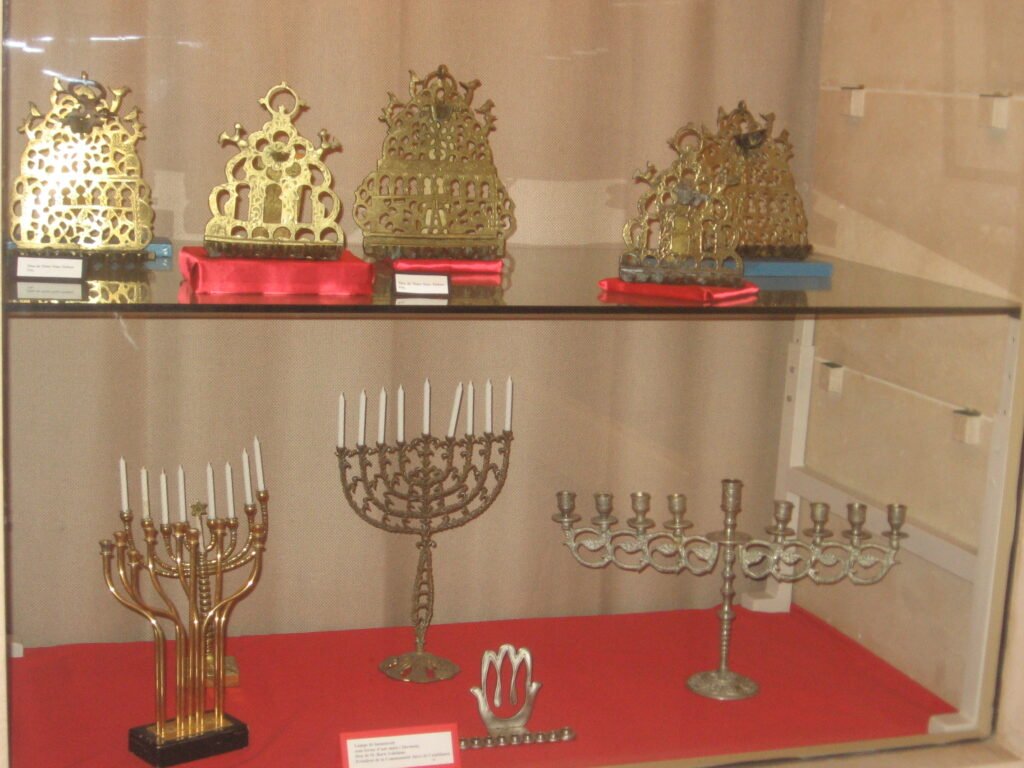
For centuries, Morocco’s Jewish community has been an essential part of the country’s cultural heritage. One way to experience the unique customs and practices passed down through generations of Moroccan Jews is by attending Jewish festivals and celebrations.
One such festival is Mimouna, which takes place on the day following Passover. This celebration involves sharing traditional Moroccan sweets such as Mofletta, a fluffy pancake-like pastry, and Sellou, a sweet and nutty dessert made from toasted sesame seeds and almonds.
Another important festival is the Festival of Lights or Hanukkah. During this eight-day celebration, families light candles on the menorah each night and enjoy traditional foods like latkes, fried potato pancakes, and sufganiyot, jelly-filled donuts.
Morocco’s Jewish community also celebrates Lag B’Omer. This holiday commemorates the end of a plague that claimed the lives of many students of the famous Jewish mystic Rabbi Shimon bar Yochai. To celebrate, bonfires are lit, and children often collect wood in the days leading up to the festival.
Participating in these festivals and celebrations provides visitors insight into the rich cultural heritage of Morocco’s Jewish community and the traditions that have shaped the country’s diverse cultural landscape, including Jewish History in Morocco.
Conclusion: A Fascinating and Enduring Legacy of Morocco’s Jewish Heritage
Morocco’s Jewish heritage offers a unique perspective on the country’s cultural landscape. From bustling cities to remote mountain villages, the Jewish community has left its mark on Morocco’s history and culture. The country’s music, art, architecture, and traditions reflect the influence of various cultures and religions. Visitors can explore the synagogues, neighborhoods, and landmarks associated with Morocco’s Jewish heritage for a unique travel experience. By engaging with local communities and delving into the past, visitors can better understand and appreciate Morocco’s vibrant and diverse cultural heritage, particularly the Jewish history in Morocco. Morocco offers something for anyone interested in history, culture, religion, or adventure.
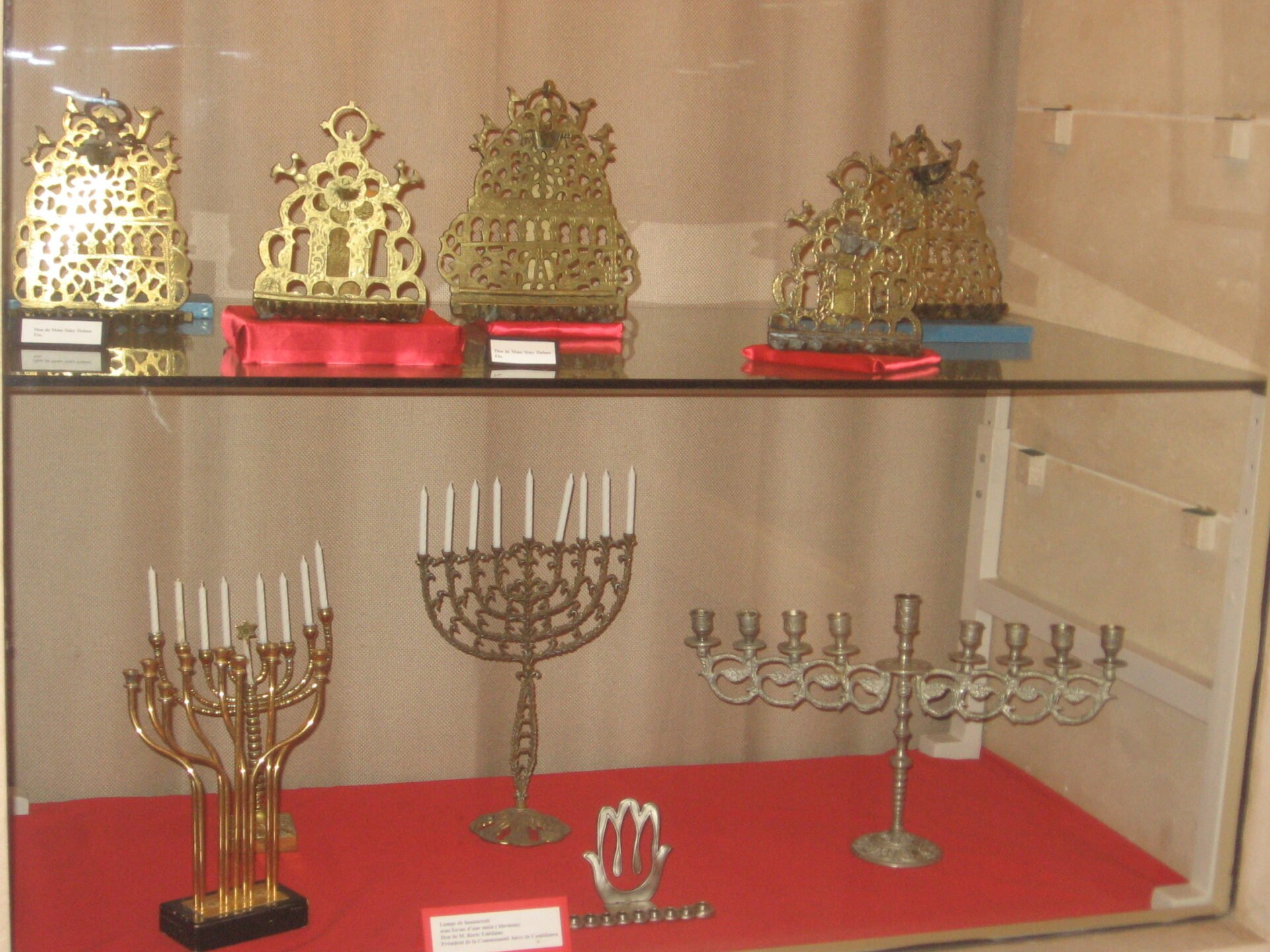
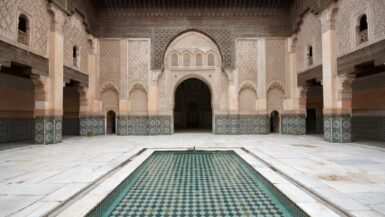
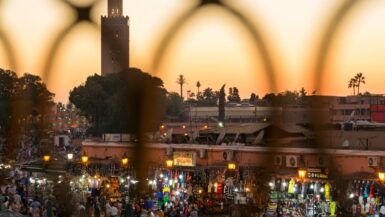
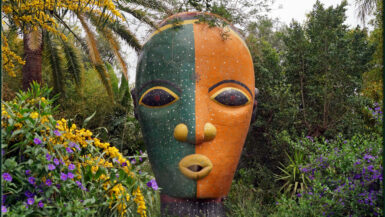
Leave a reply